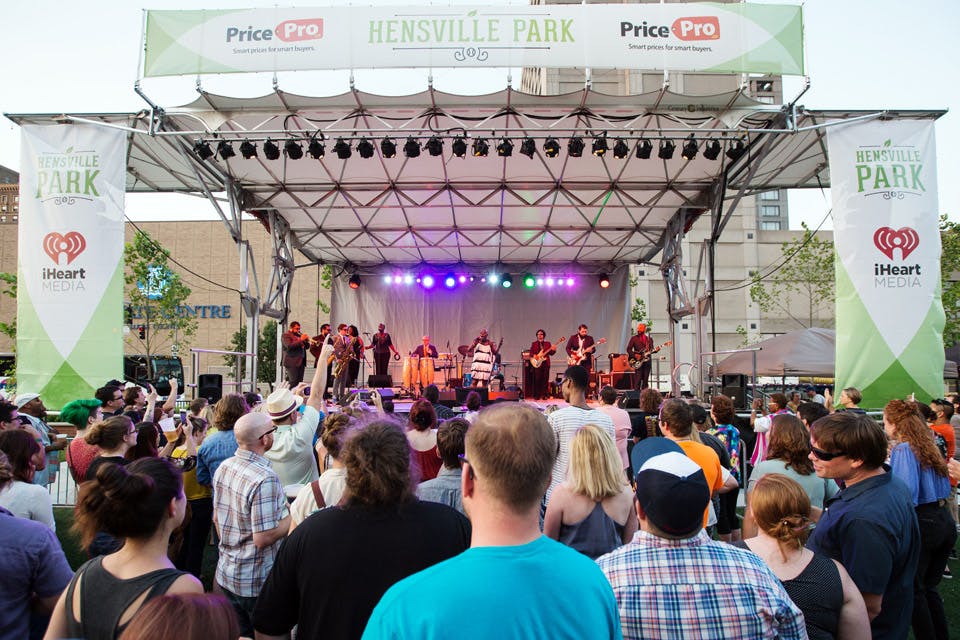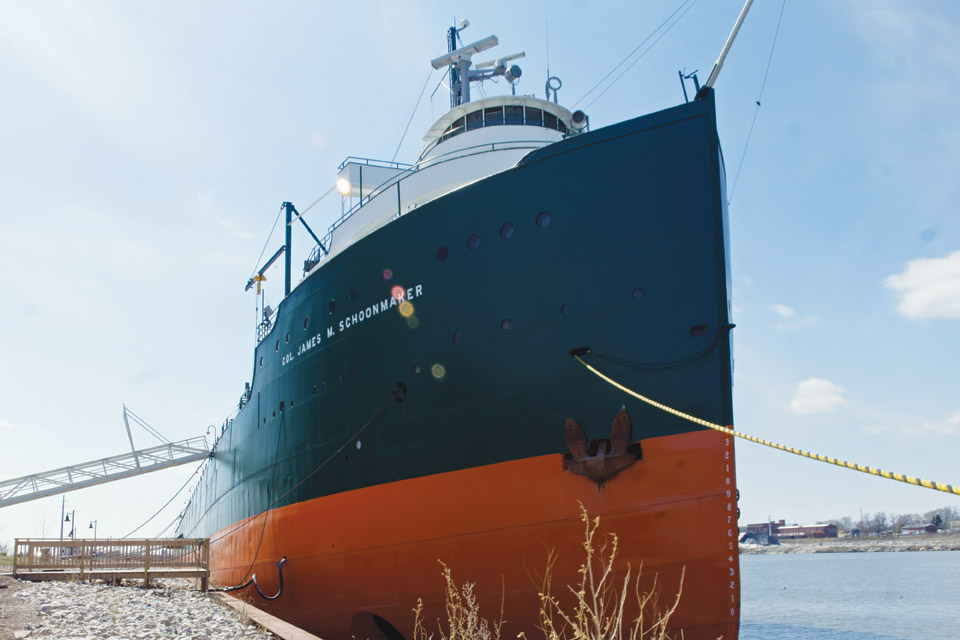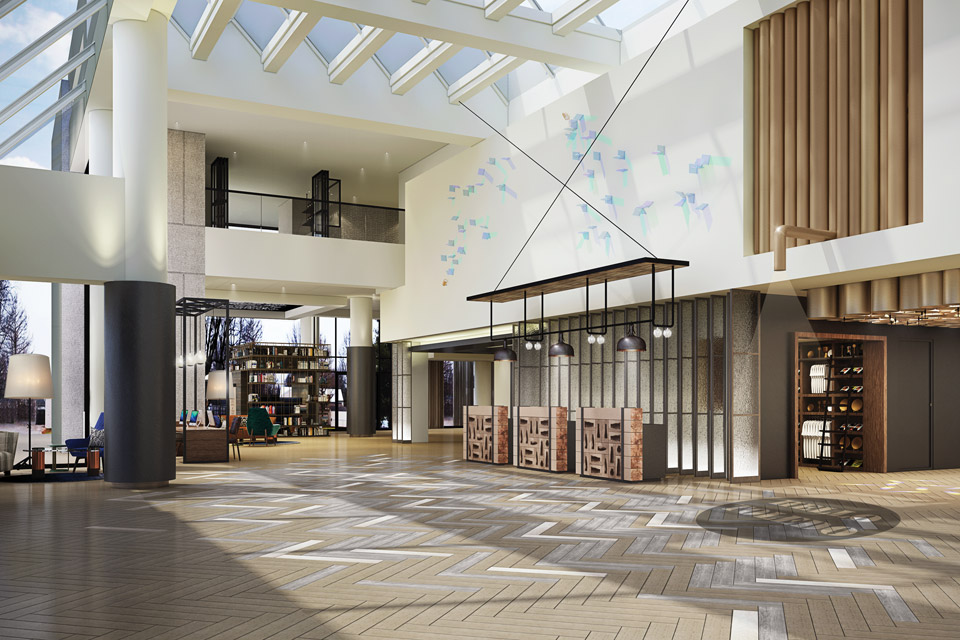Travel
| Cities
Toledo’s Downtown Renaissance
Ever since the Mud Hens moved to Fifth Third Field, the city has seen a reinvestment surge, including new projects set to open soon.
Related Articles

Explore Prohibition History at the Anti-Saloon League Museum
The Westerville History Museum shares how the city was once the headquarters of the Anti-Saloon League, an organization which helped spur the enacting of the 18th amendment.
READ MORE >>
America 250-Ohio Events Centered on Transportation History and Cinema
A statewide celebration of cinema and a showcase of transportation innovation are just part of the festivities happening here in honor of America’s 250th anniversary. READ MORE >>

30 Reasons to Love Ohio Right Now
From dining spots and wildlife encounters to vibrant murals and historic restorations, there’s plenty of new discoveries to be made and places to explore across the Buckeye State. READ MORE >>






